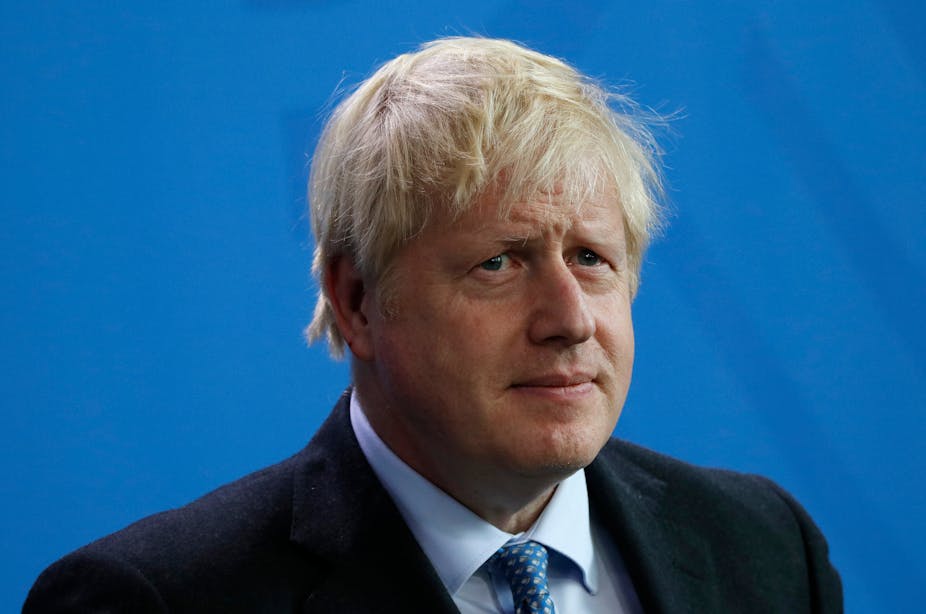Boris Johnson, the UK prime minister, has reshuffled his cabinet. But among all the sackings and appointments, the big news of the day was Sajid Javid’s resignation as chancellor of the exchequer. Javid was reportedly told by the prime minister that “he had to fire all his special advisers and replace them with No 10 special advisers to make it one team”, which he refused to do, instead choosing to resign. He has been replaced by his deputy, Rishi Sunak.
This is a very swift promotion for Sunak and is a role that will immediately come with a lot of work given the budget is only four weeks away. This replacement is seen by many as the prime minister’s move to take more control of economic policy. And, by replacing a chancellor who had, at times, different views to him, Johnson now has someone with limited political and cabinet experience at No 11 – a move that has caused former Tory MP David Gauke to take to Twitter to warn Whitehall to remember the importance of its independence. He said: “the chancellor and the Treasury … has to be strong enough to say ‘No’ to the PM or anyone else”.
Research further supports the importance of a strong chancellor. In cross-country studies that have looked at the role of finance ministers, it has been found that strong ministers keep lower levels of debt and deficit and are able to block rises in social welfare spending.
Why the reshuffle?
Typically, prime ministers reshuffle when their popularity goes down and when they cannot effectively control their cabinet or their backbench. So the timing of this reshuffle may seem unusual as it comes only two months after the formation of a new government from a prime minister who enjoys high approval ratings and a large parliamentary majority.
Yet it’s not as abnormal as it seems given that the prime minister kept his team of ministers after December’s election – so this is effectively his first opportunity for a post-electoral reshuffle.

The profile of cabinet ministers reflects the PM’s policy priorities. Johnson’s July 2019 cabinet sent a very clear message: he was determined to deliver Brexit, and accordingly he appointed ministers with strong pro-Brexit stances. Now that the UK has technically left the European Union, it was expected that he would want to replace some of these ministers with ministers who share his policy vision beyond Brexit. Nonetheless, it appears Brexit is still a prominent issue for Johnson as a lot of high-profile appointments include vocal supporters of Brexit.
MPs’ policy expertise, professional background, political experience and past performance are all factors that matter when deciding who to appoint.
Indeed, Theresa Villiers is out as environment secretary, replaced by George Eustice MP for Camborne and Redruth in Cornwall. This appointment could have significant consequences for the country’s environmental policy as evidence suggests that the people that prime ministers appoint to ministerial portfolios matter for policy outcomes. Although Eustice has policy experience as a former minister for agriculture, his public profile speaks louder of his opposition to the EU’s agricultural policy than of his environmental record.
Friends with political goals
Johnson is faced with a very different party and country than in July 2019. He has a large parliamentary majority and a parliamentary group that is more unified than before the December elections. This allows him to appoint ministers who are ideologically close to him without worrying too much about satisfying party factions.
Policy objectives, however, are not the sole or the primary reason for reshuffles. Prime ministers seek to balance a number of important goals when they decide who to appoint to cabinet. And prime ministers often use cabinet appointments to reward their friends and those loyal to them.
Johnson clearly wants to send a strong signal that he values loyalty above everything else. Anne-Marie Trevelyan, for example, has been rewarded with a more senior appointment – from minister for the armed forces to secretary of state for international development. Similarly Oliver Dowden has been promoted to culture secretary. Geoffrey Cox on the other hand has lost his job as attorney general for openly disagreeing with the PM over the parliament’s prorogation.

Reshuffles are also the only way to fire ministers who have drifted from the prime minister’s agenda or who openly disagree with the prime minister. Indeed, probably most of those who’ve been sacked were ministers who had stood up to the prime minister in cabinet meetings.
And of course, not all ministers are high performers. It’s the prime minister’s responsibility to replace low-performing ministers particularly in high-priority portfolios – and reshuffles offer than opportunity.
So of the ministers would have remained in post, such as international trade secretary Liz Truss, education secretary Gavin Williamson and health secretary Matt Hancock, it’s safe to say they have either performed sufficiently well and have avoided scandals. Or it could simply be they’ve been kept where they are because the prime minister considers their areas to be low priority where policy stability is expected – time will only tell.

